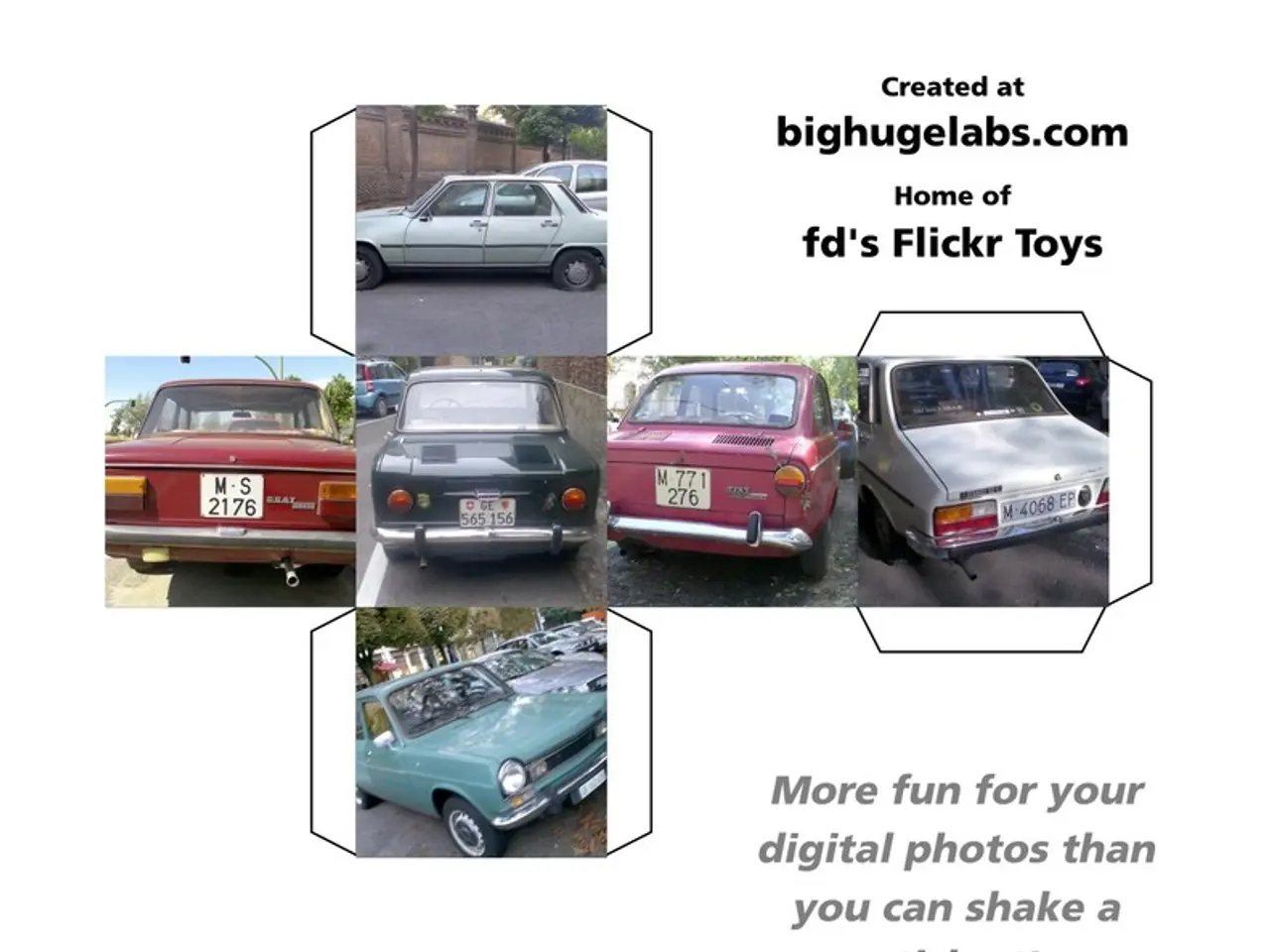Cyberwarfare in Action: Magnetron Joins the Battlefield
In the tumultuous year of 1940, as England stood on the brink of war, two physicists at the University of Birmingham, John Randall and Harry Boot, embarked on a mission to create a 1,000-watt microwave source for airborne radars to combat the Germans and their nightly bombing raids. Their invention, the cavity magnetron, would prove to be a game-changer, not just for the war effort, but for the entire 20th century [2].
Randall and Boot's prototype, built within a few weeks, produced 400 W at a wavelength of 9.9 cm, leading to rapid improvements and the achievement of their performance goal [1]. This invention marked a significant milestone in the production of high-powered microwaves, revolutionizing radar technology during World War II.
Czech Professor Augustin Zacek is credited with describing the principle of magnetron oscillation as early as 1924 [1]. However, it was not until the development by Randall and Boot that the cavity magnetron became a practical tool for generating microwaves. Percy L. Spencer, working at Raytheon, made significant improvements to the magnetron design, simplifying its production and paving the way for the development of the microwave oven [4].
The cavity magnetron played a pivotal role in the Allied victory during World War II. The British Tizard Mission shared this technology with the United States in 1940, which accelerated radar development in America [3]. The MIT Radiation Laboratory, established following this exchange, became a central hub for radar technology research, leading to the development of several critical radar systems, including air-to-surface radar and the SCR-584 fire control radar [3].
Post-war, the cavity magnetron continued to influence radar systems, ensuring more precise and efficient military surveillance. Additionally, microwave relay systems developed during the war were adapted for civilian use, enhancing long-distance communication networks. The accidental discovery of microwave heating by Percy Spencer in 1945 led to the development of the first microwave oven, the Radarange, introduced by Raytheon in 1947 [1][4]. This innovation revolutionized cooking, making microwave ovens a standard kitchen appliance worldwide by the late 1970s [2].
The widespread adoption of microwave ovens transformed household cooking routines, offering faster and more efficient meal preparation. Economically, the mass production of both radar systems and microwave ovens contributed significantly to the growth of the electronics industry, creating new job opportunities and markets. The cavity magnetron, delivered by the Tizard Mission, had a profound impact on the second half of the 20th century, with applications in communications, material science, and beyond [5].
In conclusion, the cavity magnetron's development was a crucial turning point in World War II, providing superior radar capabilities that contributed to the Allied victory. Its impact extended beyond the war, shaping modern communication and cooking technologies, and laying much of the technological foundations for the post-war era.
In the post-war era, the advancements in microwave technology, born from the cavity magnetron, led to the creation of microwave ovens, revolutionizing cooking and making them a common household appliance. Simultaneously, the potential of this technology for hacking into radio frequencies became a topic of interest in the realm of science and technology.




